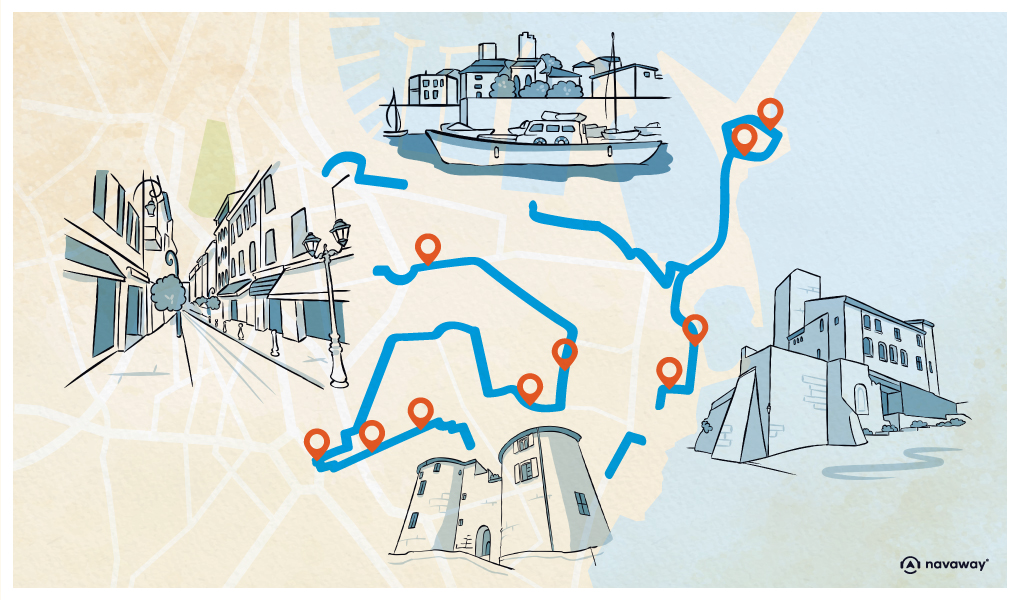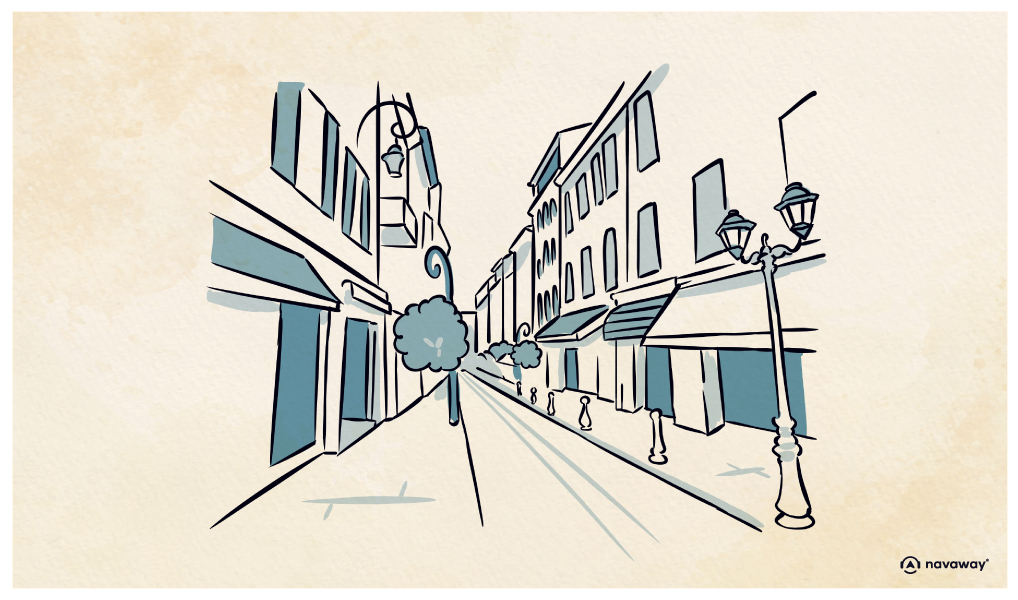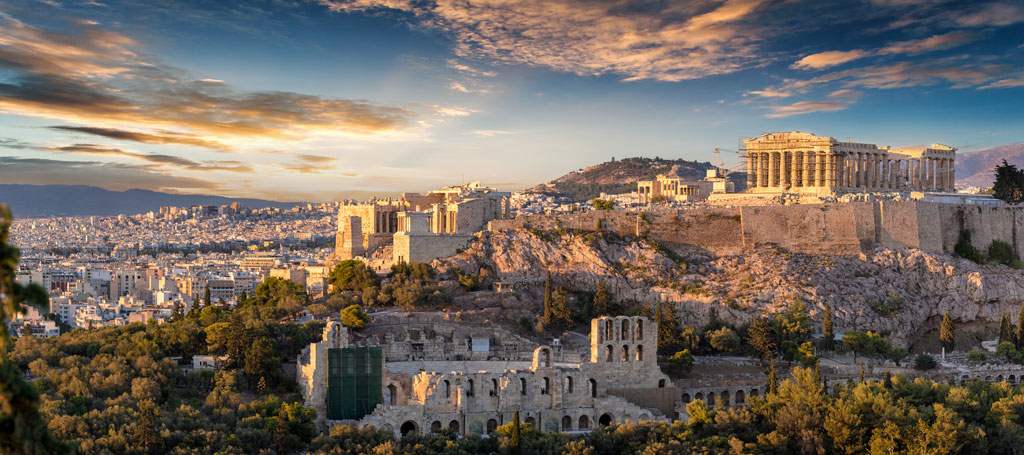
Old Town

This point of interest is available as audio on the tour: Visit Antibes, Let’s head to the French Riviera
The history of Antibes is anything but recent. Founded in the 4th century BC under the name Antipolis, it was originally settled by the Greeks, even before the Romans arrived. It later became a prosperous Roman town, with a busy port that thrived on the trade of wine, olive oil, and ceramics. One of the most travelled roads in Gaul, the Via Aurelia, passed through Antibes, making it a key stop along the way. After the fall of the Roman Empire, the town became known as Antiboul and remained the seat of a bishopric until the 13th century, under the control of the powerful House of Grasse, a prominent noble family from Provence. In 1244, Pope Innocent II decided to move the bishopric to Grasse due to the instability and unrest that had plagued Antibes for centuries. In 1385, the territory came under the rule of the influential Grimaldi family, who left behind a rich legacy during their two centuries of power. In the 16th century, Antibes faced major challenges, first from the troops of Charles V, then from the Duke of Savoy during the Wars of Religion. That’s when the city began to fortify itself, adding ramparts, defense towers, and Fort Carré. In 1608, Antibes officially became part of the Kingdom of France. Its fortifications and port were later restored by Vauban in the 17th century, under orders from King Louis XIV. Still, the city endured the worst siege in its history from December 1746 to February 1747, during the War of the Austrian Succession. Bombarded by more than 2,600 cannonballs over 57 days, Antibes never surrendered. The attackers eventually left empty-handed, though the town suffered extensive damage. When the County of Nice was definitively annexed to France in 1860, Antibes no longer had to fear invasion. The city began to expand, tearing down parts of its walls and growing toward Cap d’Antibes and the new seaside resort of Juan-les-Pins, which quickly became a favorite destination for the political, social, and artistic elite. With many faces, Antibes has kept its authenticity, its bustling marina, and a wide variety of things to do in and around the city. It’s the perfect destination—less urbanized than its neighbors Cannes and Nice—offering a peaceful escape for nature lovers.


Discover Antibes with app
An interactive guide through the most beautiful streets, squares, and districts
22 fun audioguides full of historical facts, anecdotes, and legends





Comments